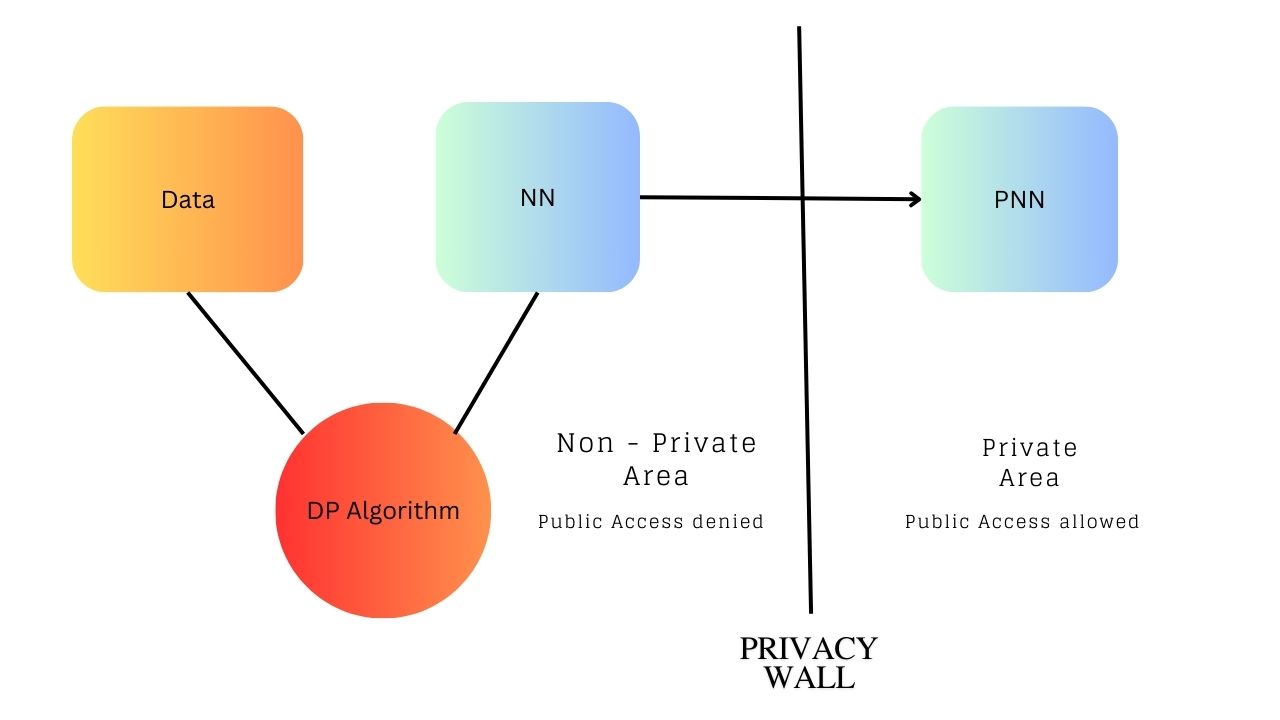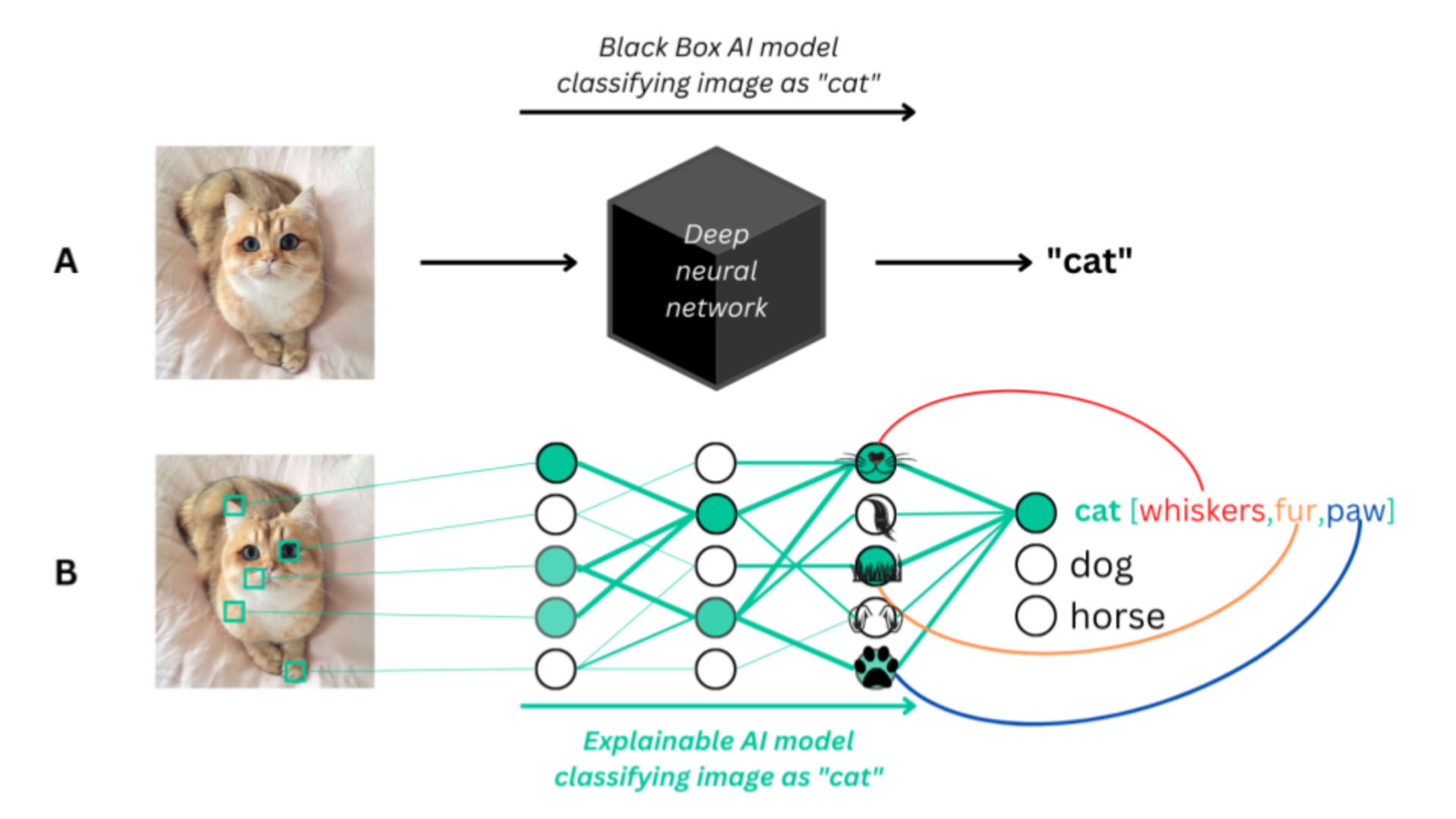
Warping Resilient Scalable Anomaly Detection in Time Series
Warping Resilient Scalable Anomaly Detection model learns warp resilient embeddings for time series data
Paper Link
-Abilasha S
111814001@smail.iitpkd.ac.in

Deep Extreme Mixture Model for Time Series Forecasting
Deep Extreme Mixture Model for Time Series Forecasting
-Abilasha S
111814001@smail.iitpkd.ac.in

Toxicity aware de novo drug design
Creating diverse novel compounds with optimal drug-like qualities while addressing long-term toxicity assessments is challenging. Target-based drug design, especially for new proteins, adds complexity. We propose a model which minimizes the generation of toxic molecules for both known and novel molecules.
-Nitesh Singh
142202010@smail.iitpkd.ac.in

Farmer Buddy: An android app for class wise counting of different crops
Deep Learning based android app to help farmers to save time by counting crops in seconds.
https://github.com/souvikm99/Farmer.Buddy
-Souvik Mallik
142202025@smail.iitpkd.ac.in

Occlusion-invariant face detection for an automatic attendance system
This image represents our project on occlusion-invariant face detection for an automatic attendance system. The system efficiently captures and processes classroom images to accurately record student attendance, even when faces are occluded.
-Sam Narayana Subudhi
142202018@smail.iitpkd.ac.in

Unraveling Image Classification with textual description of the class: Exploring Explainability Effects
While DNN models demonstrate impressive performance, their adoption in critical tasks like the medical domain, self-driving cars, etc. is challenged by the lack of explainability on its predictions. Our model is trained with pretrained black box models providing explanations in the form of text.
-Chandan Kumar
142202006@smail.iitpkd.ac.in

Bottlenecked Backpropagation to Train Differentially Private Deep Neural Networks
Our study proposes bottlenecked backpropagation, a novel method to enhance privacy in deep learning with sensitive data. Unlike adding noise to gradients, our method prioritizes gradient direction, reducing noise's impact on magnitude. This leads to faster convergence, higher accuracy, and improved protection against information leakage.
-Arghyadeep Ghosh
142202017@smail.iitpkd.ac.in

Explainable Al in deep learning models
Explainable artificial intelligence (XAI) is a set of processes and methods that allows human users to comprehend and trust the results and output created by machine learning algorithms. Our work attempts to bring explainability in deep learning classification models using the intervention of textual concepts instead of visual ones.
-Vishnu B Raj
142204003@smail.iitpkd.ac.in

AI based disease category prediction model using symptoms from low-resource Ethiopian language: Afaan Oromo text
This work focuses on predicting disease categories automatically from symptoms documented in the Afaan Oromo language, employing various
classification algorithms such as support vector
machines, random forests, logistic regression, and Naïve Bayes, as well as deep learning approaches
including LSTM, GRU, and BiLSTM.
Paper Link
-Etana Fikadu Dinsa
142334001@smail.iitpkd.ac.in

Deep Bayesian Models for Efficient Meta-Learning
Meta-learning promises to learn a new task with less data by relying on experience from previously seen tasks. However, this means that these models require a large number of tasks with limited data instead of a single task with a lot of data. Such a large number of few-shot learning tasks' data is difficult to acquire for many applications. This work attempts to find a solution to the data requirement problem.
-Eva Cherian
142204002@smail.iitpkd.ac.in

Hierarchical Structure Learning For Time Series Anomaly Detection
A multi-view time series anomaly detection method based on a Hierarchical Graph Neural Network to improve the model's capability to capture effective representations from data.
-Vinitha M Rajan
112114001@smail.iitpkd.ac.in
